Have you ever found yourself in a situation where you had to rescue tiny, helpless kittens? Taking care of newborn kittens can be a big challenge, but don't worry, we're here to help.
In this article, we'll give you all the essential information you need to know about hand-rearing newborn kittens.
We'll cover topics like general care, creating the right environment, and feeding techniques. It's time to step up and save these adorable little lives!
Additionally, check out our Pregnant Cat & Kittens forum where experienced rescuers can offer you support and advice.
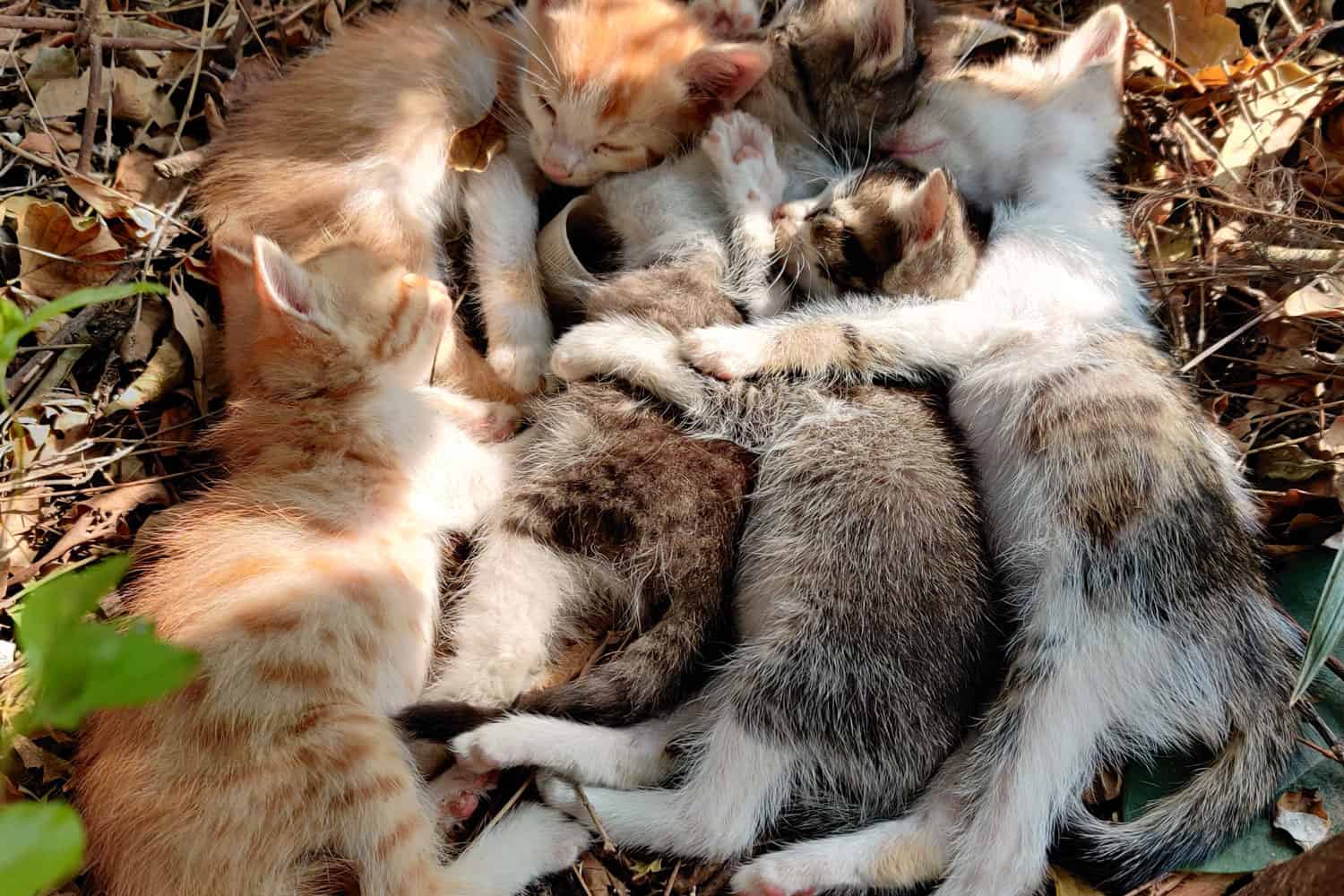
The Difficulty Of Hand Rearing Kittens
Are you faced with the task of rescuing a newborn kitten or even a litter of them? It's natural to feel worried and uncertain about how to properly care for these delicate little creatures.
Hand-rearing kittens is a demanding and time-consuming process, but don't fret.
Newborn kittens are incredibly vulnerable and rely entirely on their mother's care. However, there are situations where humans are tasked with taking on the role of a surrogate mother.
This can happen if the mother cat rejects the kittens or if you stumble upon an abandoned newborn. Being a substitute mother cat can feel overwhelming, as these tiny beings require constant care and demand a significant amount of your time and energy.
Ideally, it's best to find a surrogate feline mother. Reach out to local rescue organizations and veterinarians who may know of a lactating cat willing to take on the role.
Only when this isn't possible should you consider the challenge of hand-rearing the kittens.
Read more about making the right decision here: I Found Abandoned Kittens What Should I Do.
General Care For Newborn Kittens
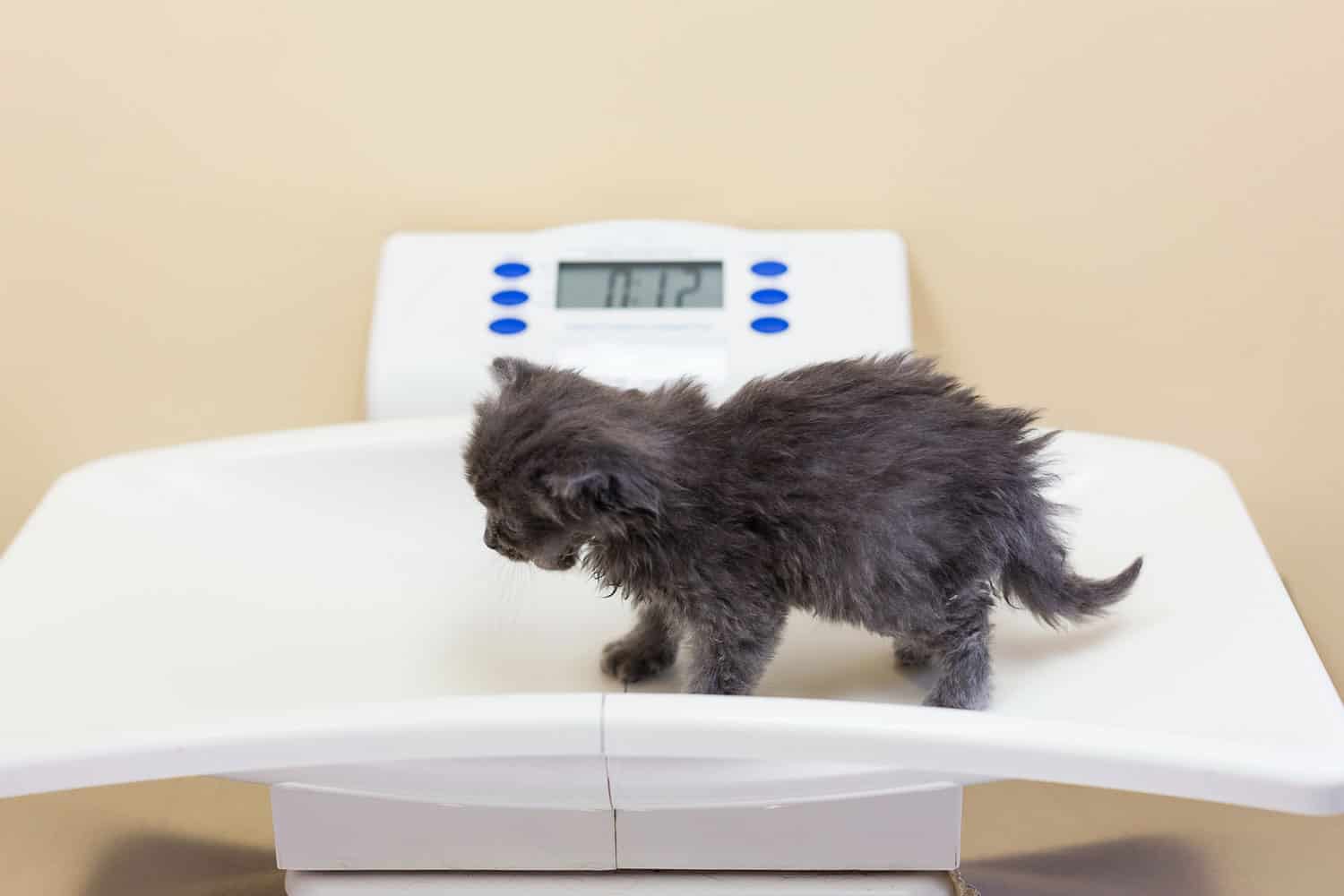
Contact your veterinarian and share details about the newborns.
It's crucial to inform your vet of any concerns or issues you notice, as the condition of these delicate creatures can deteriorate rapidly if medical problems arise. Seeking early advice from your vet is the best approach to prevent complications.
Maintaining warmth and providing proper nutrition are the most important aspects of raising kittens.
Monitor their development by weighing them daily during the first week, then every 2-3 days afterward. Keep a record of their progress in a special diary, which will be helpful for both you and your vet.
A Kitchen Scale Can Serve As A Scale For Your Kittens - See It On Amazon
Read more about Weighing Newborn Kittens And How This Could Save Their Lives.
SIGN UP FOR THECATSITE'S EMAIL UPDATES >
The Kittens' Environment
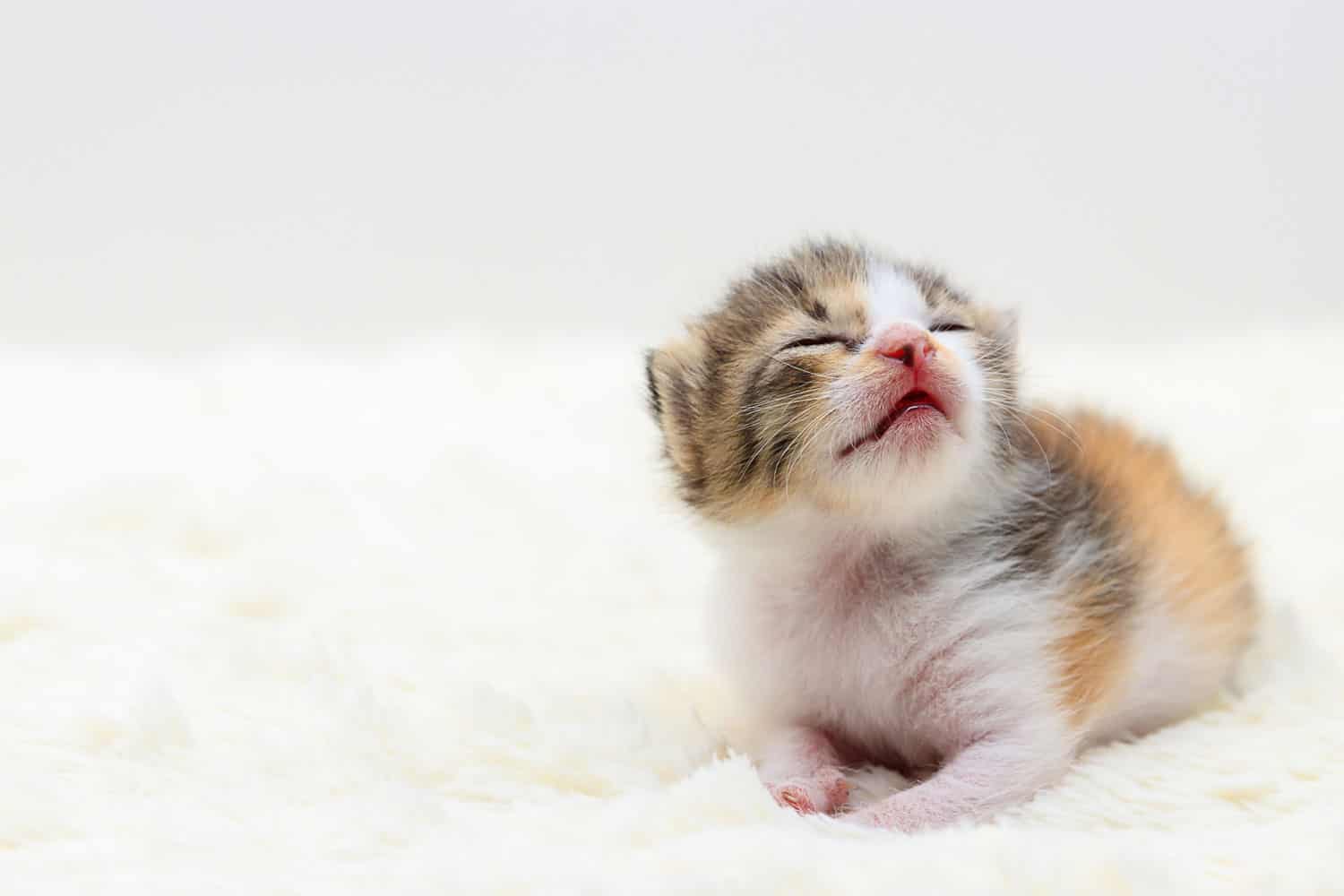
When caring for multiple newborn kittens, it's recommended to set up a homemade incubator or "nest" to ensure their well-being.
In their book Cat Owner's Home Veterinary Handbook, Carlson and Griffin suggest using a divided cardboard box to accommodate the strong suckling instinct of young kittens.
This should be done because very young kittens have a very strong urge to suckle - if they can't find a mother's nipples, they may start to suckle parts of each other's body.
The kittens should remain in separate compartments until they are three weeks old.
Maintaining a warm room is crucial for the kittens' comfort and development. Place a thermometer near the incubator to monitor the room temperature accurately. During the first two weeks, the room should be around 85°F.
In the initial week, consider slightly increasing it to 90°F and gradually decreasing it to 80°F within the following two weeks. From the fifth week onward, maintain a temperature of 75°F in the room.
Since newborn kittens who haven't received their mother's milk are more susceptible to disease, it's important to keep them isolated from other cats and even people.
The mother cat secretes a special condensed milk called colostrum during the first few days after birth.
Colostrum contains vital antibodies that provide passive immunity to various diseases. To minimize the risk of infections, thoroughly wash your hands before handling the kittens.
Keep A Thermometer In The Room With The Kittens - See This On Amazon
Read more about Fading Kitten Syndrome: 11 Things You Need To Know.
Feeding The Kittens
Hand-rearing small kittens involves feeding them manually. The best approach is to use a specially designed feeding bottle for kittens, readily available at pet stores or through online ordering.
See These Kitten Feeding Bottles On Amazon
If a kitten is too weak to suckle from the bottle, tube feeding may be necessary. However, this procedure requires great care, as improper execution can harm or even cause the death of the kitten.
If you lack experience in tube feeding, it's best to consult your veterinarian for a detailed explanation and a demonstration.
Remember, never feed kittens with cow milk. They require cat milk or a specialized formula intended for orphaned kittens. Kitten milk formulas, available in liquid or powdered form, can be purchased from most pet stores.
Note: Cat Sip Real Milk and other types of "cat milk" are not what you need! They are a treat and not formulated to provide any cat with a complete and balanced diet, least of all small kittens.
Only use a kitten milk replacer such as KMR, like PetAg KMR Kitten Milk Replacement Powder.
Find This Kitten Milk Replacement On Amazon
During kitten season, it's wise to have an emergency kit on hand. Your kit should contain all the essentials needed to nurse an orphaned or abandoned kitten, including KMR Kitten Milk Replacer.
Bottle Preparation And Cleaning For Hand Rearing Kittens
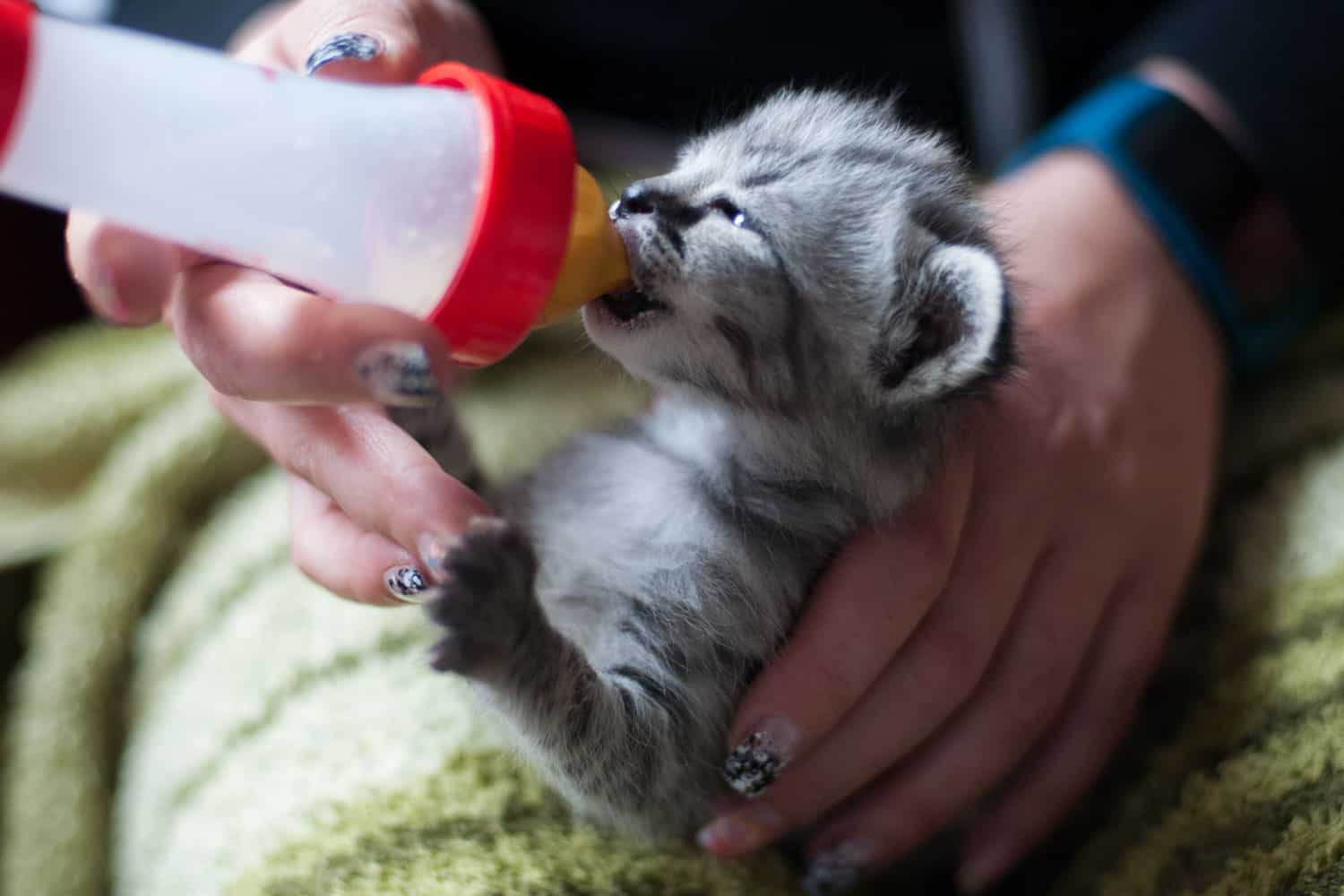
Proper bottle preparation and hygiene practices are essential for the well-being of hand-reared kittens. Follow these steps to ensure safe bottle feeding:
- Wash your hands thoroughly before handling the bottles and equipment.
- Clean and sterilize the bottles, teats, and caps.
- Boil fresh water and let it cool to the recommended temperature.
- Measure the appropriate amount of milk formula powder using a clean, leveled measuring cup.
- Gently stir the formula powder into the cooled boiled water until fully dissolved.
- Test the milk's temperature on the underside of your wrist to ensure it's comfortably warm for the kittens.
After each feeding session, clean the used bottles, teats, and caps with warm soapy water. Use a bottle brush to remove all milk residue. Rinse thoroughly with clean running water.
To sterilize the bottles, teats, and caps, place them in a sterilizing solution for the recommended duration. No rinsing is necessary. Store the sterilized items in a clean, covered container until the next feeding.
Maintaining proper hygiene is crucial for hand-reared kittens:
- Wash your hands before and after handling the kittens.
- Clean any spilled milk promptly.
- Daily clean the bedding and living area to maintain a hygienic environment.
- Keep the kittens isolated from other cats and limit human contact to prevent disease transmission.
By following these practices, you can provide a safe and healthy feeding environment for hand-reared kittens, reducing the risk of infections and ensuring their proper nourishment.
Hand Rearing Kittens: A Rewarding Journey
Hand-rearing newborn kittens is undoubtedly a challenging but rewarding endeavor. It requires dedication, time, and a great deal of care.
By providing the right environment, proper feeding, meticulous hygiene, and close monitoring of their development, you can give these tiny felines the best chance at a healthy and happy life.
Remember, always seek advice from your veterinarian for specific guidance tailored to your hand-rearing situation. With your love and nurturing, you can make a positive difference in the lives of these vulnerable kittens and give them a second chance to thrive.
SIGN UP FOR THECATSITE'S EMAIL UPDATES >
You Might Also Like:
7 Crucial Tips for Safely Bathing Small Kittens
Weaning: How To Get Your Kittens To Eat On Their Own
Comments? Leave them using the form below. Questions? Please use the cat forums for those!
Note: We may get commissions for purchases made through links on this page.





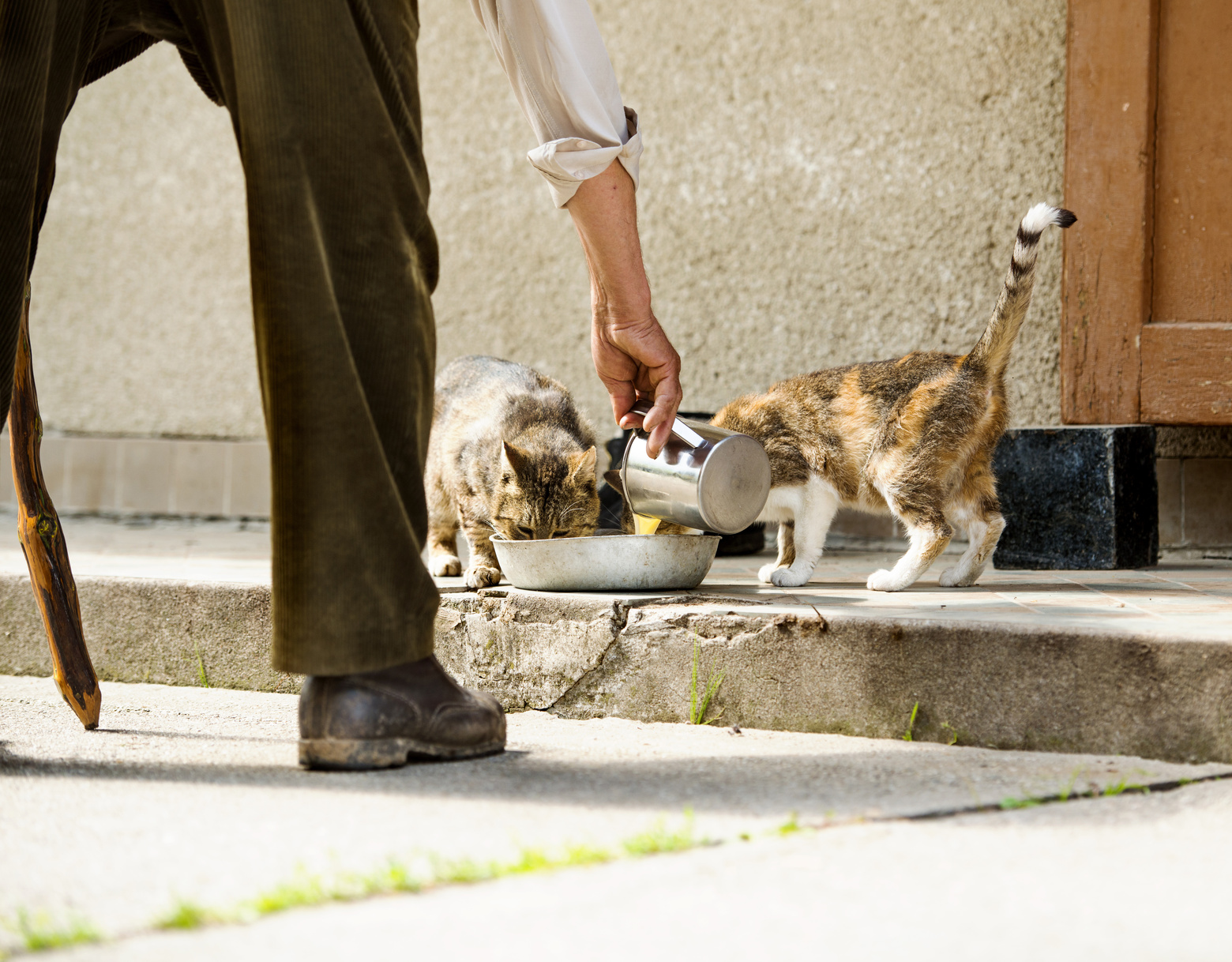
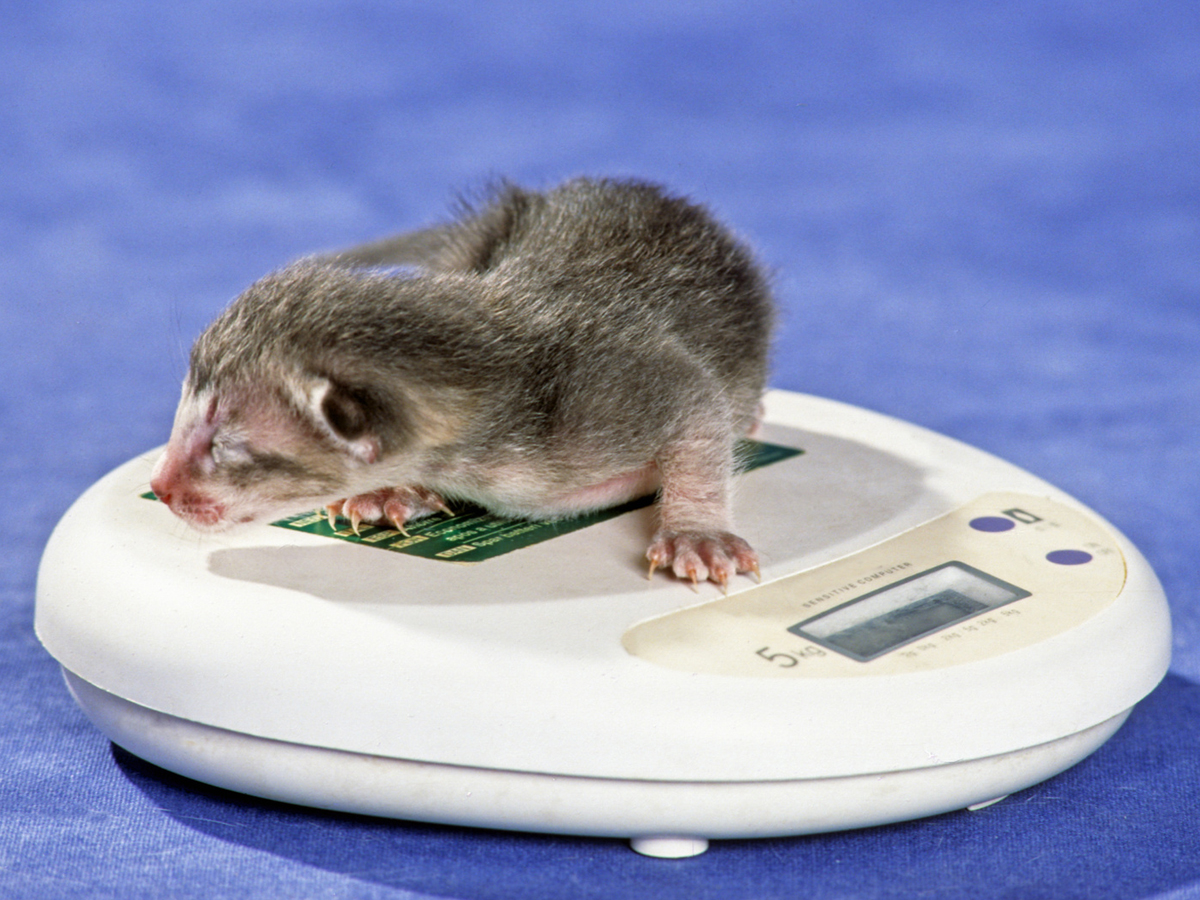
14 comments on “Hand Rearing Kittens: What You Need To Know To Save A Newborn’s Life”